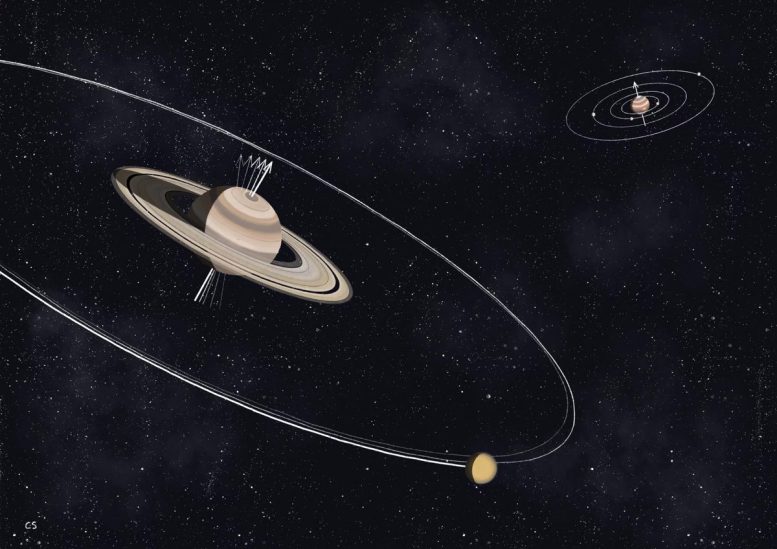
Artist’s impression of the migration of Titan and the tilt of Saturn. Credit: © Coline SAILLENFEST / IMCCE
Two scientists from CNRS and Sorbonne University working at the Institute of Celestial Mechanics and Ephemeris Calculation (Paris Observatory – PSL/CNRS) have just shown that the influence of Saturn’s satellites can explain the tilt of the rotation axis of the gas giant. Their work, published on January 18, 2021, in the journal Nature Astronomy, also predicts that the tilt will increase even further over the next few billion years.
Rather like David versus Goliath, it appears that Saturn’s tilt may in fact be caused by its moons. This is the conclusion of recent work carried out by scientists from the CNRS, Sorbonne University and the University of Pisa, which shows that the current tilt of Saturn’s rotation axis is caused by the migration of its satellites, and especially by that of its largest moon, Titan.
Recent observations have shown that Titan and the other moons are gradually moving away from Saturn much faster than astronomers had previously estimated. By incorporating this increased migration rate into their calculations, the researchers concluded that this process affects the inclination of Saturn’s rotation axis: as its satellites move further away, the planet tilts more and more.
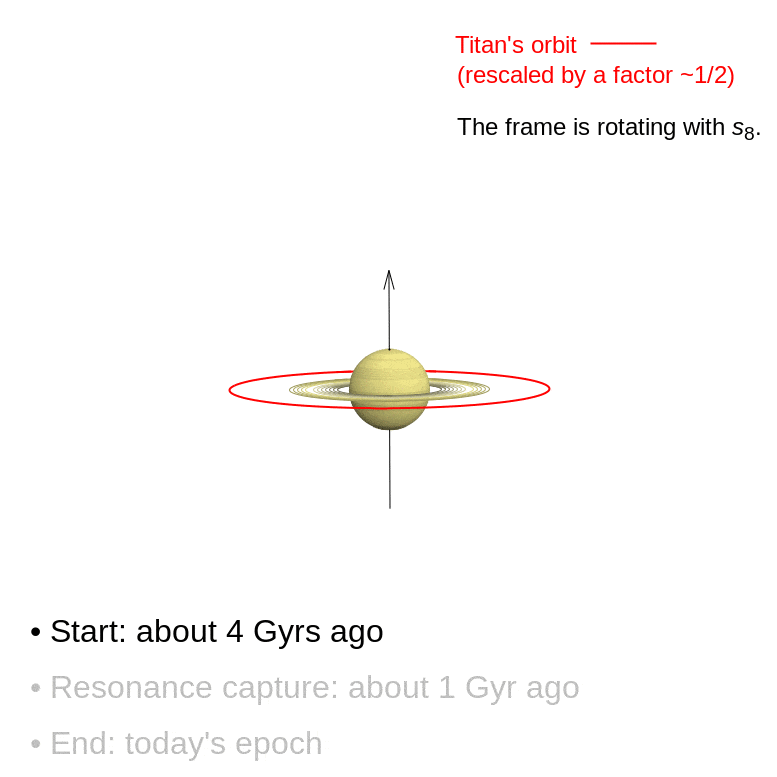
A schematic animation showing Titan’s migration and Saturn entering into resonance. The frame is rotating, so the axis stops moving when resonance is achieved. Credit: © Melaine SAILLENFEST / IMCCE
The decisive event that tilted Saturn is thought to have occurred relatively recently. For over three billion years after its formation, Saturn’s rotation axis remained only slightly tilted. It was only roughly a billion years ago that the gradual motion of its satellites triggered a resonance phenomenon that continues today: Saturn’s axis interacted with the path of the planet Neptune and gradually tilted until it reached the inclination of 27° observed today.
These findings call into question previous scenarios. Astronomers were already in agreement about the existence of this resonance. However, they believed that it had occurred very early on, over four billion years ago, due to a change in Neptune’s orbit. Since that time, Saturn’s axis was thought to have been stable. In fact, Saturn’s axis is still tilting, and what we see today is merely a transitional stage in this shift. Over the next few billion years, the inclination of Saturn’s axis could more than double.
The research team had already reached similar conclusions about the planet Jupiter, which is expected to undergo comparable tilting due to the migration of its four main moons and to resonance with the orbit of Uranus: over the next five billion years, the inclination of Jupiter’s axis could increase from 3° to more than 30°.
Reference: “The large obliquity of Saturn explained by the fast migration of Titan” by Melaine Saillenfest, Giacomo Lari and Gwenaël Boué, 18 January 2021, Nature Astronomy.
DOI: 10.1038/s41550-020-01284-x

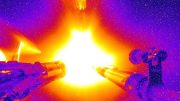
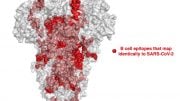


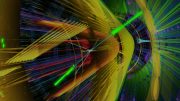


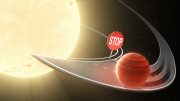
I would like to help in naming discovered Saturn moons 1 mini Rigel (named after the main galaxial celestial ) The influence of Saturn tilt might have connection with recent storms even affecting SA
Right, similar phenomenon likely explains that bizarre 98 deg tilt of Uranus. What will happens in the next a few giga years? Do we get a rogue Titan at large in our Solar System or …? 🙂
Its like the wind down phase of the toy top I spun as a child, only it happens slowly by human standards. Saturn’s spin state is in a cosmic slowdown.
“Two Scientists THINK They Have Figured Out What Caused Saturn’s Tilt”
Fixed it for you.